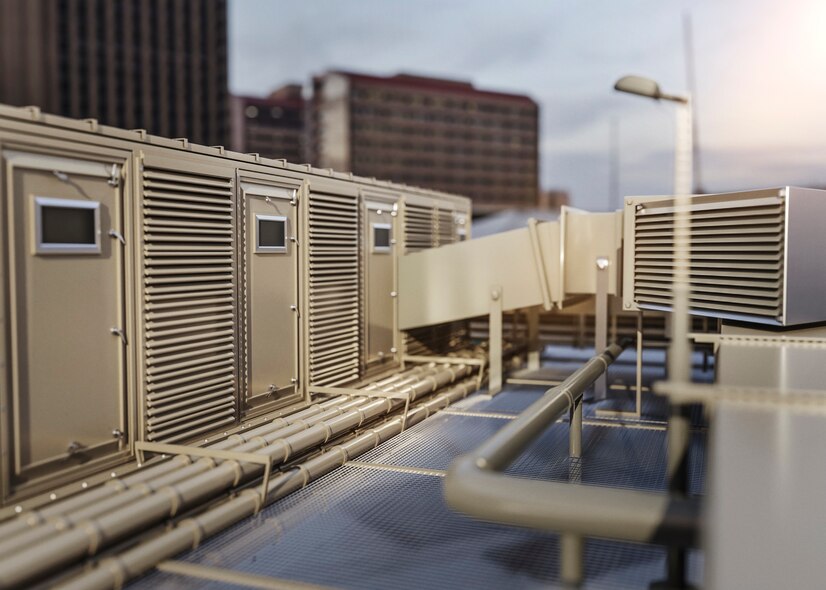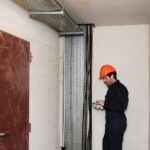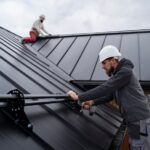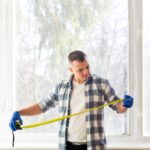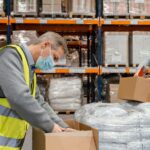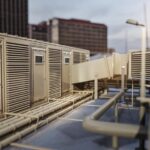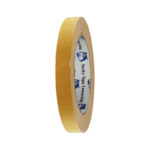HVAC systems play a crucial role in maintaining indoor air quality and ensuring comfort in residential, commercial, and industrial settings. These systems regulate temperature, humidity, and air circulation, creating a comfortable environment for occupants. However, despite their importance, HVAC systems often face various challenges that affect their efficiency and performance. In this discourse, we will delve into the common issues encountered by HVAC systems, with a particular focus on improving efficiency and performance through sealing and insulation.
How to Address Current Issues in HVAC Systems
- Inefficiency: Many HVAC systems operate inefficiently, leading to high energy consumption and increased utility costs. Inefficient systems may struggle to maintain desired temperatures, resulting in discomfort for occupants.
- High Energy Consumption: HVAC systems are typically one of the largest consumers of energy in buildings. High energy consumption not only contributes to utility bills but also has environmental implications, including increased carbon emissions.
- Noise: Noisy HVAC systems can be disruptive and irritating, especially in quiet environments such as offices or bedrooms. Excessive noise may indicate underlying issues with the system’s components or installation.
- Air Leaks: Air leaks in ductwork or around HVAC units can compromise system performance by allowing conditioned air to escape and outdoor air to infiltrate. This not only affects energy efficiency but also indoor air quality.
Importance of Sealing and Insulation in HVAC Systems
Proper sealing and insulation are essential for optimising HVAC performance and efficiency. Here’s why:
- Minimised Energy Loss: Sealing ductwork and insulating pipes prevent energy loss by ensuring that conditioned air remains within the system. This reduces the workload on HVAC equipment, leading to lower energy consumption and operating costs. Using foam tape can be particularly effective in sealing gaps and preventing air leakage.
- Enhance Indoor Comfort: By sealing gaps and insulating ducts, Heating, Ventilation, and Air Conditioning systems can distribute air more effectively, leading to more consistent temperatures throughout the building. This enhances comfort for occupants by eliminating cold spots and drafts.
- Improve Indoor Air Quality: Sealing and insulation help prevent outdoor pollutants, allergens, and contaminants from entering the indoor environment through leaks in the HVAC system. This contributes to better indoor air quality and a healthier living or working environment.
Additional Improvements for HVAC Systems
In addition to sealing and insulation, several other methods can enhance HVAC performance and efficiency:
Regular Maintenance: Scheduled maintenance, including cleaning, filter replacement, and system inspections, can help identify and address issues before they escalate. This ensures optimal performance and extends the lifespan of HVAC equipment.
Upgrading to High-Efficiency Components: Replacing outdated or inefficient components with high-efficiency alternatives can significantly reduce energy consumption and operating costs. Upgrades may include energy-efficient HVAC units, programmable thermostats, and variable-speed blowers.
Smart Thermostats: Smart thermostats offer advanced features such as remote access, programmable schedules, and energy usage tracking. By optimising temperature settings based on occupancy and preferences, smart thermostats can further improve energy efficiency and comfort.
Ductwork Optimisation: Ensuring that ductwork is properly sized, sealed, and insulated is crucial for maximising HVAC efficiency. Leaky or poorly insulated ducts can lead to energy loss and decreased system performance. Using acrylic foam tape to seal duct joints and insulate ductwork can help improve airflow and reduce energy waste.
Airflow Balancing: Balancing airflow throughout the HVAC system ensures that each room receives adequate heating or cooling. This can be achieved by adjusting dampers, registers, and diffusers to optimise airflow distribution. Proper airflow balancing improves comfort and energy efficiency by eliminating hot or cold spots.
Energy Recovery Ventilation (ERV) Systems: ERV systems recover energy from outgoing air to precondition incoming fresh air. This helps maintain indoor air quality while reducing the workload on heating and cooling equipment. Implementing an ERV system can result in significant energy savings and improved comfort.
By implementing these additional improvements alongside sealing and insulation, building owners can maximise the efficiency and performance of their HVAC systems. Investing in high-quality components and incorporating advanced technologies such as smart thermostats and ERV systems can lead to long-term cost savings and environmental benefits.
Connect with us!
Discover the key to unlocking the full potential of your HVAC system. Upgrade your insulation and sealing solutions to optimise efficiency and performance. At MY TAPE STORE, find a wide range of high-quality tapes and insulation materials tailored to meet your HVAC needs. From duct sealing to airflow optimization, we have the solutions to help you achieve superior comfort and energy savings. Don’t let inefficiency and high energy costs hold you back. Take the first step towards a more efficient HVAC system today. Visit our store and explore our selection of top-notch products designed to elevate your HVAC experience.

